Sealing acrylic paint on a ceramic plate is an essential step to ensure durability and longevity of the artwork. Whether you’re customizing a dish, platter, or decorative item, proper sealing techniques will protect the painted surface from chips, scratches, and fading. In this guide, we will explore the materials needed and the step-by-step process of how to seal acrylic paint on ceramic plate, allowing your creativity to last through everyday use or to be displayed as a cherished piece of art.

Why You Need to Seal Acrylic Paint
Sealing acrylic paint on ceramic surfaces is crucial for several reasons. Firstly, it provides a protective layer that guards the paint against environmental factors such as moisture and heat, which can otherwise cause the paint to peel or deteriorate over time.
Additionally, a sealant enhances the vibrancy of the paint, giving your artwork a polished and professional finish. For items like plates or mugs that may experience frequent handling and washing, sealing ensures the paint remains intact, preventing chips and scratches that would mar the appearance. Moreover, a well-sealed ceramic piece retains its appeal and functionality much longer, allowing you to enjoy your creative endeavors for years to come.
Importance of Sealing Acrylic Paint
Sealing acrylic paint on a ceramic plate not only enhances the aesthetic appeal of your artwork but also significantly increases its durability. Acrylic paint, once dried, can still be susceptible to wear and environmental factors such as moisture, heat, and handling. A proper sealant acts as a protective barrier against these elements, ensuring that the colors remain vibrant and the design remains intact over time.
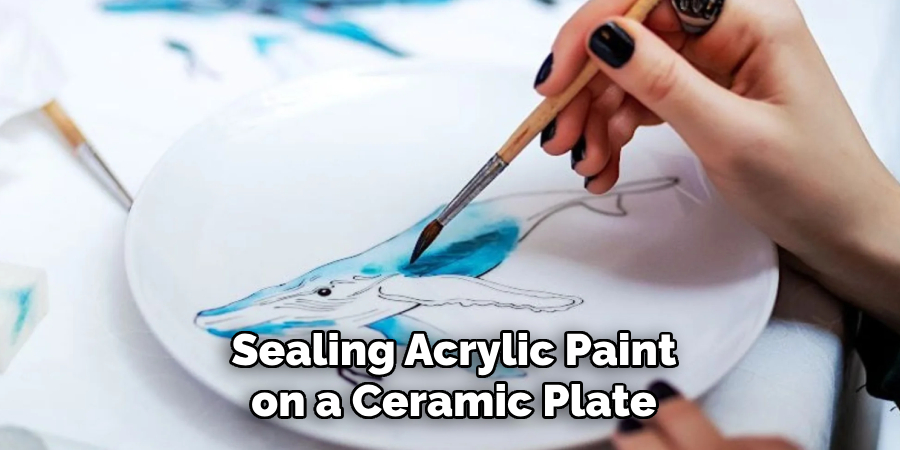
This step is especially crucial if the plate will be used for serving food or exposed to water, as an unsealed surface may experience chipping or fading. Additionally, sealing provides a glossy finish that can elevate the look of the painted design, making it more eye-catching and professional. By investing the time to seal your artwork, you safeguard your creative efforts and enhance the longevity of your piece, making it a lasting part of your home decor or a thoughtful, handmade gift.
Materials Needed for Sealing Acrylic Paint
Before you begin sealing your acrylic-painted ceramic plate, gather the following materials to ensure a smooth and successful process:
- Clear Acrylic Sealer Spray: Choose a clear, acrylic-based spray sealer specifically designed for ceramics. This provides a durable, transparent finish that won’t yellow over time.
- Soft Brush or Sponge: If you prefer applying a liquid sealer, a soft brush or sponge will help you evenly coat the surface without disturbing the paint.
- Protective Gloves: Wear gloves to protect your hands from chemicals in the sealant and maintain a clean surface on your artwork.
- Masking Tape: Use tape to cover any areas of the plate that you do not want to seal, providing crisp and clean edges to your painted design.
- Drop Cloth or Newspaper: Lay down a drop cloth or newspaper to protect your work area from overspray or dripping sealant.
- Well-Ventilated Space: Sealant fumes can be strong, so working in a well-ventilated area or outdoors will help disperse these fumes and keep your workspace safe.
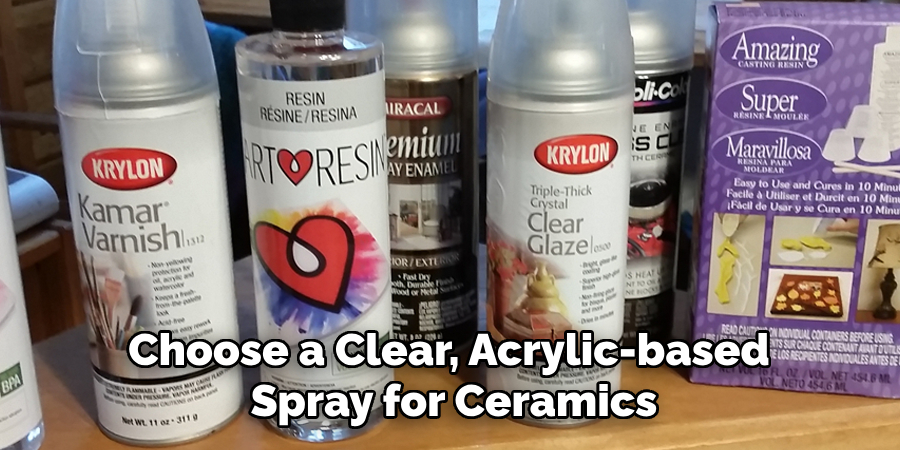
By preparing these materials ahead of time, you set the stage for a more efficient and effective sealing process.
10 Effective Methods on How to Seal Acrylic Paint on Ceramic Plate
Acrylic painting on ceramic plates is a popular and creative way to add a personal touch to home décor or create unique gifts. However, ensuring that your masterpiece withstands the test of time requires the right sealing techniques. In this guide, we’ll introduce you to ten effective methods to seal acrylic paint on ceramic plates, empowering you to protect and preserve your artwork.
1. Use an Acrylic Sealer Spray
Acrylic sealer spray provides a quick and easy way to protect your painted ceramic plates. Available in both matte and gloss finishes, this spray creates a durable, clear layer that shields your design from scratches and fading. Ensure you apply it in a well-ventilated area and follow the manufacturer’s instructions for the best results.
2. Apply a Clear Acrylic Varnish
For a more hands-on approach, consider using a clear acrylic varnish. Brush the varnish evenly over the painted surface to create a protective layer that enhances color vibrancy while offering UV protection. Choose between satin, gloss, or matte finish to match your aesthetic preference.
3. Opt for Mod Podge
Mod Podge is a versatile crafting medium that can also be used as a sealer. Simply brush it over your acrylic paint to create a glossy or matte finish. Ideal for indoor decorative pieces, Mod Podge is a popular choice among DIY crafters due to its ease of use and availability.
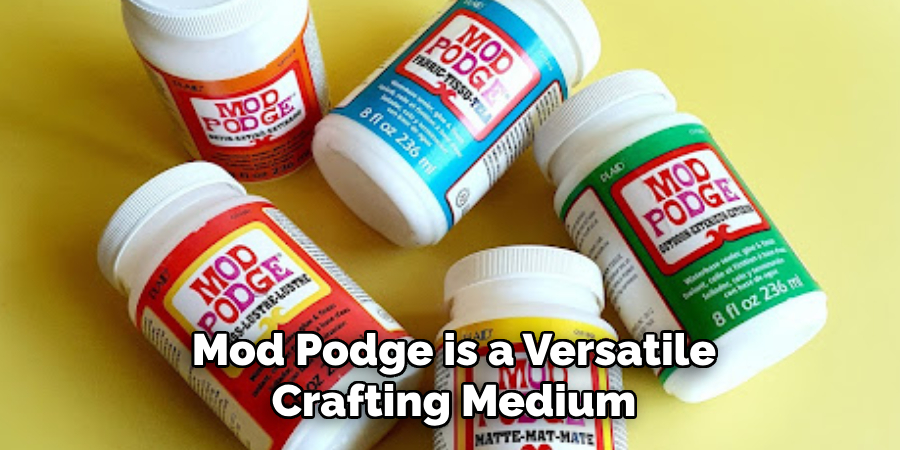
4. Utilize Dishwasher-Safe Mod Podge
For functional items that require extra durability, such as plates that may come into contact with food, dishwasher-safe Mod Podge is a fitting solution. It offers the same protective benefits as regular Mod Podge, with the added advantage of being water-resistant after curing.
5. Experiment with Epoxy Resin
Epoxy resin provides a high-gloss, glass-like finish that is both waterproof and highly protective. Mix the resin according to the package instructions and pour it over the painted surface. Once cured, epoxy resin creates an incredibly durable layer, ideal for plates exposed to frequent handling.
6. Use Polyurethane
Polyurethane is a strong and reliable sealant commonly used for wood but equally effective on ceramic. It comes in various finishes, allowing you to choose the perfect sheen for your project. Apply it carefully with a brush, ensuring even coverage for a long-lasting seal.
7. Explore Baking Method
For a chemical-free option, consider baking your painted plates. Place them in a cool oven, set the temperature to 350°F (175°C), and bake for 30 minutes. Allow them to cool in the oven. This method helps set the paint by hardening the acrylic, although it may not provide the same level of protection as liquid sealants.
8. Use a UV-Resistant Sealer
If your ceramic artwork will be exposed to sunlight, a UV-resistant sealer is essential. It prevents fading by blocking harmful UV rays, ensuring your vibrant colors remain intact over time. Look for sealers specifically labeled for UV protection to safeguard your plates.
9. Incorporate Acrylic Medium
Acrylic medium can also serve as a sealant by adding a protective layer over your painted design. Mix it with a bit of water and brush it on to achieve a consistent finish. This method is ideal for enhancing the durability of your artwork without altering the original texture.
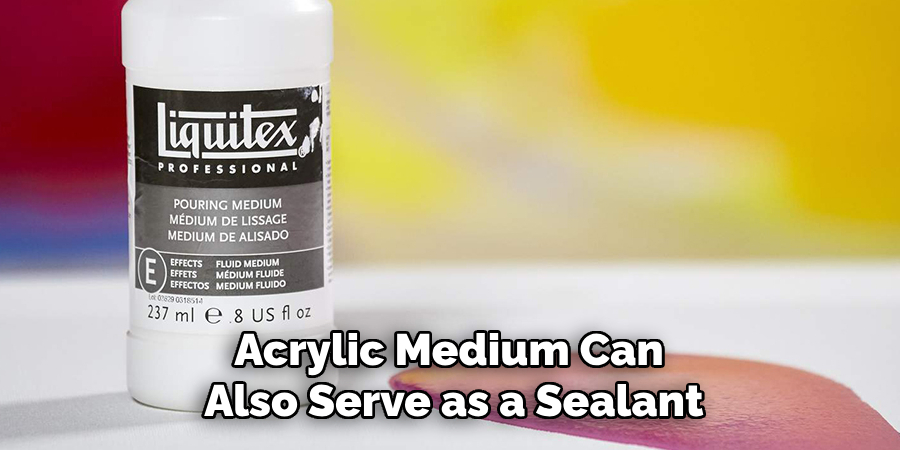
10. Try a Heat-Set Paint
Although not a traditional sealant, heat-set paints are designed to lock in colors when exposed to heat. They offer an alternative to sealing by creating a permanent bond with the ceramic surface. While heat-setting, ensure proper ventilation and follow safety guidelines.
Maintenance and Upkeep
After successfully sealing your acrylic-painted ceramic plates, it’s important to maintain their beauty and durability with proper care. Here are some tips for ensuring your artwork remains vibrant and long-lasting:
- Gentle Washing: Always hand wash your ceramic plates with mild soap and warm water. Avoid using abrasive sponges or harsh detergents, as they can scratch or wear down the protective sealant over time.
- Avoid High Temperatures: Although some sealing methods include heat-setting, it’s best to keep your painted ceramics away from extreme heat sources like ovens or microwaves, unless you are certain the sealing method can withstand it.
- Store Carefully: To prevent scratches or chipping, store your painted plates stacked with protective padding, such as felt or fabric, between each piece.
- Regular Inspections: Periodically inspect your plates for any signs of wear or damage to the sealant. Early detection can help you reapply the sealer before any significant fading or peeling occurs.
- Handle with Care: When using these decorative items, avoid placing them in situations where they might be dropped or receive heavy impacts, as even a well-sealed plate can chip or crack upon impact.
By following these maintenance tips, your acrylic-painted ceramic plates will continue to be a cherished part of your home decor or a treasured gift for years to come.
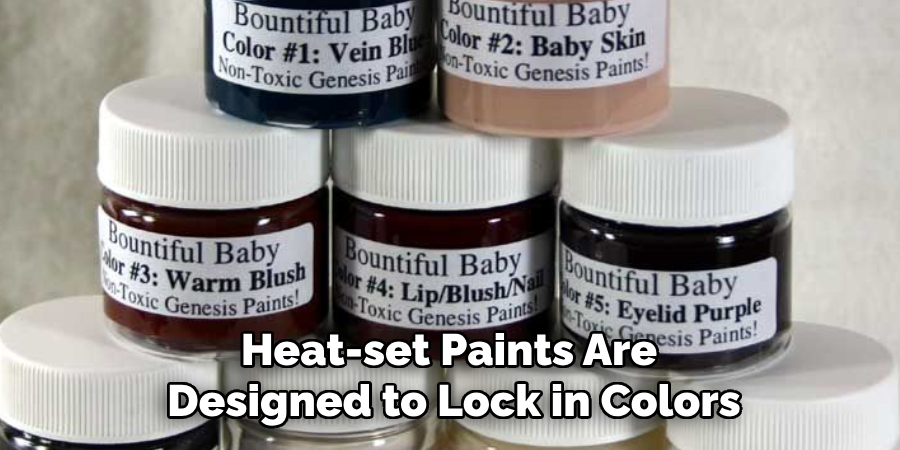
Conclusion
Sealing acrylic paint on ceramic plates is a vital step in preserving and enhancing the longevity of your artwork. With a variety of sealing options available—from sprays and varnishes to innovative baking methods—choosing the right one depends on your specific needs and the intended use of the plates. Whether you’re crafting for home décor or creating functional pieces, each method offers unique advantages to ensure your creations stand the test of time.
Coupling these techniques with proper maintenance will help you enjoy and showcase your artistic endeavors for years. With the right care, your acrylic-painted ceramic plates can remain vibrant and resilient, serving as beautiful additions to your living space or as cherished gifts. Thanks for reading our blog post on how to seal acrylic paint on ceramic plate! We hope you found it helpful and informative.
Specialization:
- Master of wheel-throwing, hand-building, and advanced glazing techniques
- Focus on creating both functional pottery and decorative art pieces
Recognition:
- Celebrated by collectors and art enthusiasts for creating one-of-a-kind pieces that blend artistry with functionality
- Participates in local and national exhibitions, earning accolades for his innovative designs and craftsmanship
Passion:
- Deeply committed to exploring and pushing the boundaries of ceramic artistry
- Continuously experiments with new materials, firing techniques, and artistic concepts to evolve his craft
Personal Philosophy:
- Believes in the transformative power of art, aiming to evoke emotions and connections through his ceramic creations
- Advocates for sustainability in ceramics, using eco-friendly materials and practices whenever possible


